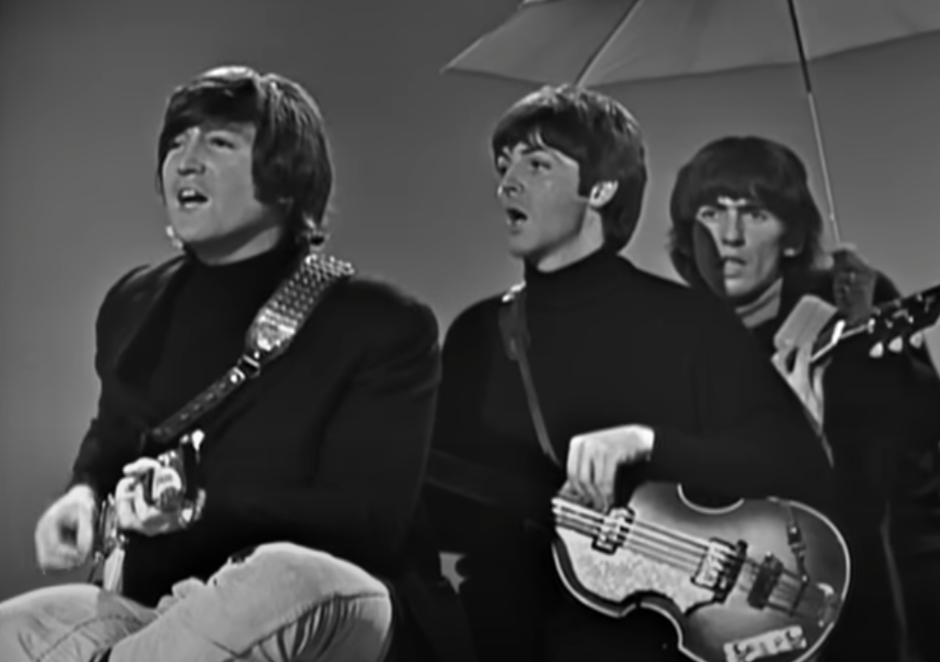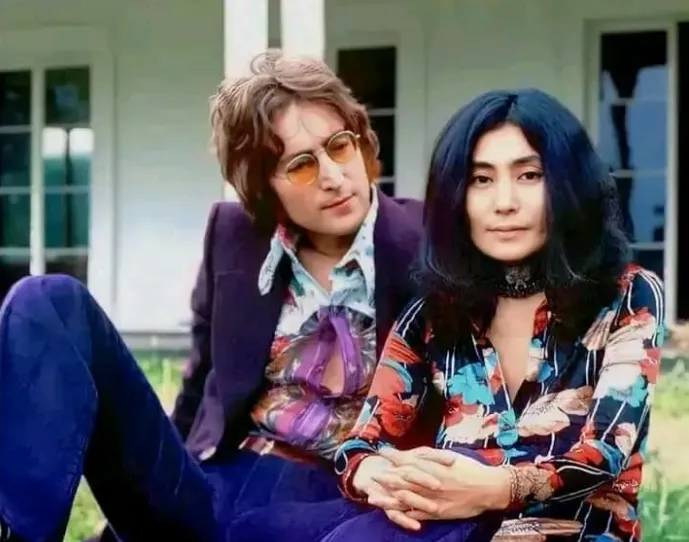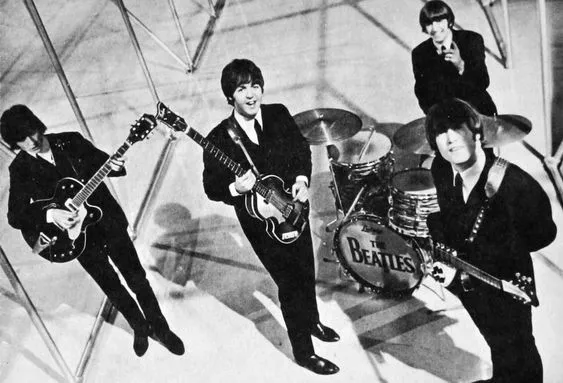About the song
(Watch the video below)
In the eclectic tapestry of The Beatles' music, "Savoy Truffle" emerges as a delectable gem, blending whimsical melodies with clever wordplay and a touch of surrealism. Released in 1968 on the "White Album," this lesser-known track showcases the band's experimental spirit and their willingness to explore new musical frontiers.
From its infectious horn section to its playful lyrics, "Savoy Truffle" captivates listeners with its irresistible charm and wit. Written by George Harrison and inspired by his friend Eric Clapton's fondness for chocolates, the song takes its name from a box of chocolates by Mackintosh's of Halifax, which included a variety called "Savoy Truffle."
At its heart, "Savoy Truffle" is a celebration of indulgence and excess, a whimsical journey through a world of decadent delights. The lyrics list a series of exotic-sounding confections, each more tantalizing than the last, painting a vivid picture of a sumptuous feast for the senses.

Lines like "You'll have to have them all pulled out after the Savoy truffle" and "Coconut fudge really blows down those blues" evoke a sense of sensory overload, as if the listener is being swept away on a whirlwind tour of a candy-filled wonderland. It's a testament to Harrison's lyrical prowess that he is able to convey such vivid imagery using nothing but a list of desserts.
Musically, "Savoy Truffle" is equally inventive, with its jaunty piano riff and lively horn section giving the song a buoyant, almost circus-like atmosphere. The interplay between Harrison's guitar and the brass instruments adds depth and texture to the track, creating a rich sonic tapestry that is as intricate as it is infectious.
One of the most intriguing aspects of "Savoy Truffle" is its underlying sense of ambiguity and mystery. While on the surface, the song appears to be a simple ode to sweets, there are hints of darker themes lurking beneath the surface. References to dental decay and the need to "have them all pulled out" hint at the consequences of overindulgence, serving as a cautionary reminder that too much of a good thing can have dire consequences.
Moreover, "Savoy Truffle" can also be interpreted as a sly commentary on the excesses of the late 1960s, a time of cultural upheaval and social change. As the counterculture movement gained momentum and psychedelic drugs became increasingly prevalent, The Beatles used their music to explore themes of hedonism, consumerism, and the search for meaning in an increasingly chaotic world.

In this sense, "Savoy Truffle" can be seen as a playful satire of the rampant consumerism and materialism of the era, with its dizzying array of confections serving as a metaphor for the superficial pleasures that ultimately leave us feeling empty and unfulfilled. It's a theme that resonates as strongly today as it did over half a century ago, reminding us of the fleeting nature of earthly delights and the importance of seeking deeper, more meaningful connections.
Despite its whimsical facade, "Savoy Truffle" remains a testament to The Beatles' musical versatility and their willingness to push the boundaries of popular music. By infusing their songs with wit, intelligence, and a healthy dose of surrealism, they challenged listeners to look beyond the surface and explore the deeper layers of meaning hidden within their music.
In the end, "Savoy Truffle" stands as a testament to the enduring power of The Beatles' music to captivate, inspire, and delight audiences of all ages. With its infectious melodies, clever wordplay, and playful spirit, it continues to enchant listeners around the world, inviting them to embark on a whimsical journey through the tantalizing world of sweets and savories.



